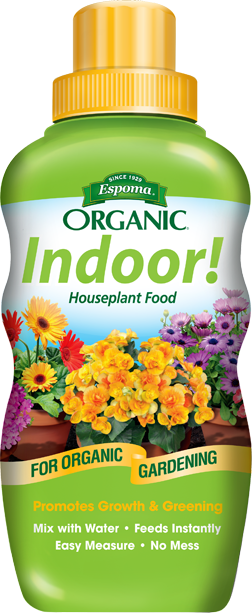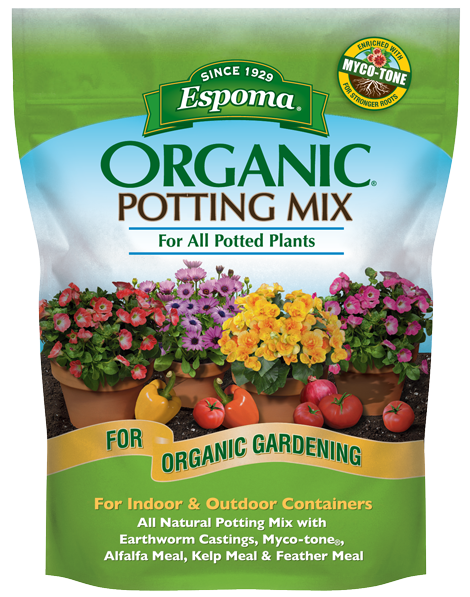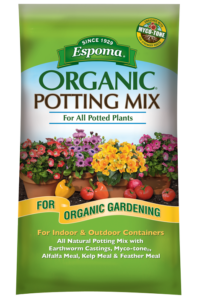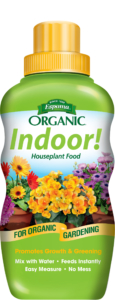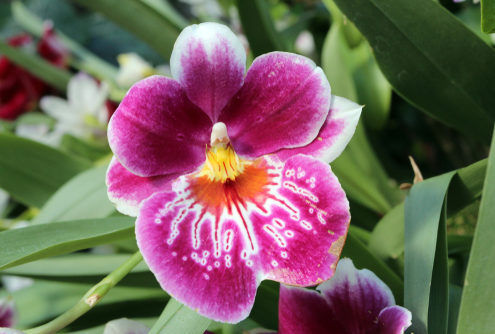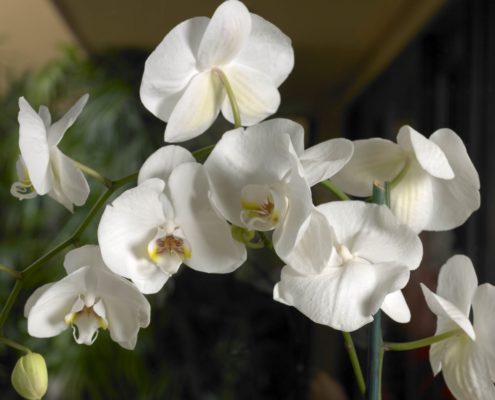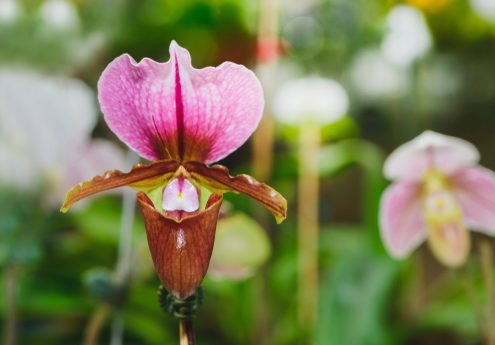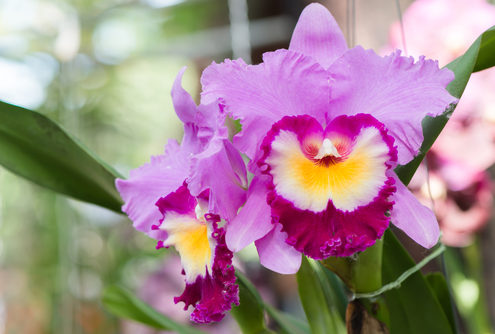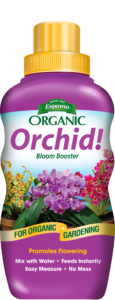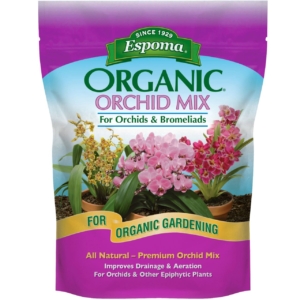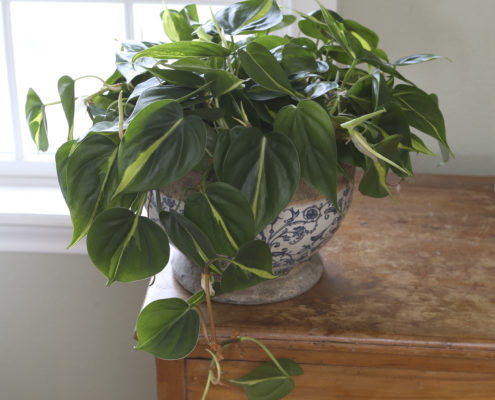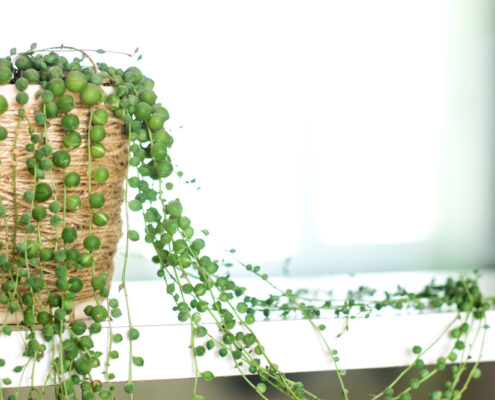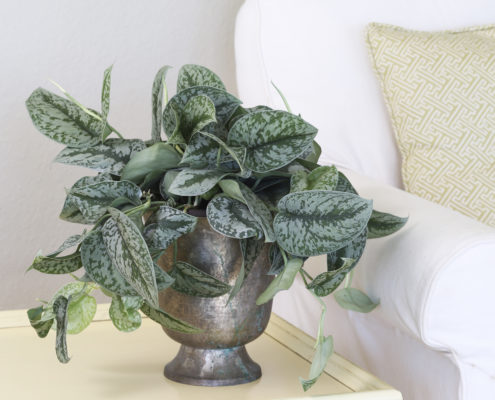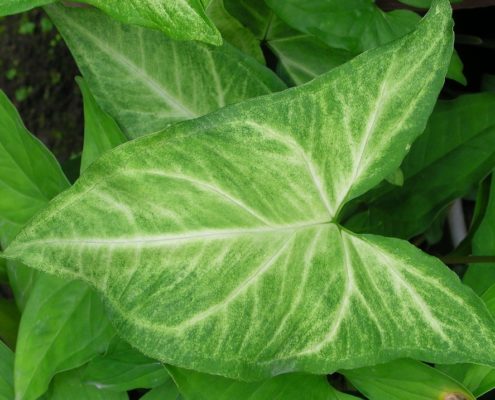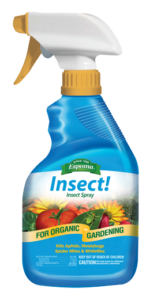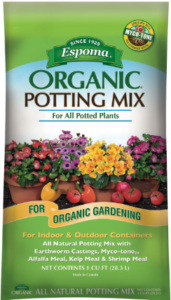Free Plants – Grow Pothos Cuttings in Water
With its attractive leaves and low maintenance personality, pothos is one of the best houseplants for new plant parents to grow. Those with trailing vines, like golden pothos, love to fall over the sides of containers. It’s a fun plant to decorate with and a favorite of brown thumb gardeners because it likes low light and minimal watering.
This is also one of the easiest plants to start propagating by cuttings. DIYers will love this trick for getting more pothos plants for free. If your pothos is getting a little leggy or you’re just looking for more plants, start with pothos.
6 Steps to Propagating Pothos
Step 1: Decide how much you want to cut from your plant. Make snips directly below the lowest leaf node. Nodes are those tiny brown bumps on the stem that are the key to growing new roots.
Step 2: Make more cuttings. You’ll need a stem with at least two leaves to root your plant and you’ll want to remove the leaf that is closest to the stem. So clip vines into more cuttings, leaving at least one node on each. Your new roots will form from the node.
Step 3: Place Cuttings in Water: Fill a small mason jar or other glass with water and place the cuttings into the water so the cut ends remain submerged. Place the cuttings indoors near a window, but not in direct sunlight. Check cuttings every few days and refresh water every 1 to 2 weeks.
Step 4: Wait until your cuttings have at least one inch of roots to transplant. This should take about a month. If left in water, your pothos plant will continue to grow roots. The longer they grow in water, however, the harder it will be for them to transition to soil.
Step 5: Pick a container with proper drainage holes and fill two-thirds of the way with Espoma’s Organic potting mix. Place the cuttings around the pot edges and add more soil to keep the cuttings in place. Add more cuttings to the middle and add soil as needed. Water your new pothos plant until water runs out of the bottom of the pot.
Step 6: Place your new pothos in an area where it will get adequate light. Fertilize once a month with Espoma’s Indoor! liquid plant food for more growth.
Looking for more easy care houseplants? Check out Garden Answer’s favorite low light houseplants!

